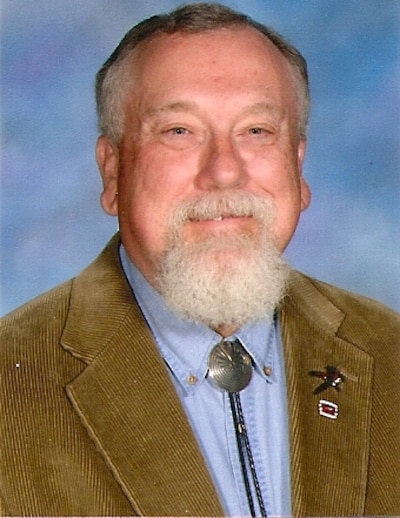Q. My third grade daughter is in her school’s talented and gifted program. I was shocked to learn the cohort is like 80 percent boys! Are the numbers slanted like this across the board? Why?

A. I was always of the understanding that the percentages of boys and girls in gifted programs in Colorado were, within a couple of percentage points, 50/50. I couldn’t recall if I had read this or been told this or if I just made it up, so I went data mining. This is what I found.
I first went to the Colorado Department of Education-Gifted and Talented web pages. What a great resource for parents, teachers, and districts! Colorado’s Director of Gifted Education, Jacquelin Medina, has done a wonderful job of growing the work started by prior directors. She and her team have developed easily accessible material for all concerned.
Sure enough, Colorado’s percentage of identified boys and girls in Gifted/Talented programs is around 50/50. Yes, unique combinations do occur, though usually not as dramatic as an 80/20 split. That presents a unique opportunity for you, mom and dad, to support your daughter in multiple ways.
Some of my favorite resources specific to gifted girls are:
- “Smart Girls: A New Psychology of Girls, Women, and Giftedness,” by Dr. Barbara A. Kerr.
- “Work Left Undone: Choices and Compromises of Talented Women,” by Dr. Sally Reis.
- “Internal barriers, personal issues, and decisions faced by gifted and talented females,” an article by Dr. Reis.
- “The Gifted Kids Survival Guide,” by Judy Galbraith.
- “When Gifted Kids Don’t Have All the Answers” by Dr. James Delisle.
Back to the question, though, the “numbers” could be much more “slanted” in the direction of uneven percentages. Our Native American population is an important cultural group, of which there are many nations, yet Native American students often don’t show up in gifted programs. What Native Americans recognize as “gifts” in their societies may not match with the state and federal definitions, and being identified and standing out in societies that value unity and the whole can create a big disconnect.
Read this Education News Colorado story about the ethnic imbalances in Colorado’s gifted and talented programs.
Colorado’s large, growing, and dynamic Hispanic population can present other challenges. In some instances there are cultural expectations on Hispanic girls that are centered on the home and family, and not on individual success or recognition beyond the immediate community. We must learn to support the community as we request the community to support the individual female student.
(Thank you Deborah Rothenberg, CDE-G/T, for helping me “mine” the data.)
About our First Person series:
First Person is where Chalkbeat features personal essays by educators, students, parents, and others trying to improve public education. Read our submission guidelines here.
